From Wednesday, October 21 to Sunday, October 25, 2020, the NDSM shipyard hosted a temporary project called 'Because the Night', consisting of two works of art by light artists Boris Acket and Vladimir Grafov. The light installation was an ode to ADE — the events that normally breathed so much life into Amsterdam's night, but were forced to stay a little quieter in 2020. The works could be admired from many points of view, but especially special to see up close, here at the NDSM shipyard.
Light and sound artist Boris Acket (1988), known for his lighting works at DGTL Festival, created the lighting work 'BAKEN'. In a rudderless time, this installation, created in collaboration with Chris van Meer, Lumus Instruments, Ampco Flashlight, brought Think! AV & Van Ham Tenten and Podia, a little sigh of relief, a sign of life. The light 'beat' softly in the rhythm of a heartbeat, like a lighthouse. Anyone who watched the work from a distance could see the heartbeat without hearing it. For example, the work emphasized the deafening silence of ADE 2020 and literally and figuratively encouraged the night and festival sector and all Amsterdammers. The work was meant to be a relaxing spot on the horizon — seen from different places — but those who experienced 'BEAKEN' up close could actually hear the heart beating softly. Especially for ADE, the heart rate was built from the kicks (bass drums) of the most used drum computers in dance music.
-3%201%20klein.avif)
-4%20klein.avif)
The second work of 'Because the Night' was by light artist Vladimir Grafov (1964), who used lasers in his installation 'Invincible Sun' to create an abstract and autonomous interplay of lines on the Y-slope where ships used to roll into the IJ. The laser lights, inextricably linked to the atmosphere and decor of dance parties, formed the basis for his work and depicted how daylight gave way to the light of the night after sunset. In his work, Grafov linked science and technology to create new experiences in the field of form, color and sound.
'Because the Night' took place at the same time as NDSM Music Digital x ADE 2020, where a music program was broadcast live on stream for five days. During these five days, the audience was able to watch and listen to more than 50 hours of top artists, labels and the latest talents in house and techno music. Due to the new measures, Covid-19-proof digital dance parties were organized to dance together from the living room by videoconferencing worldwide.
%20klein.avif)
-3.avif)
Credits and references
Visuals: TK Photography

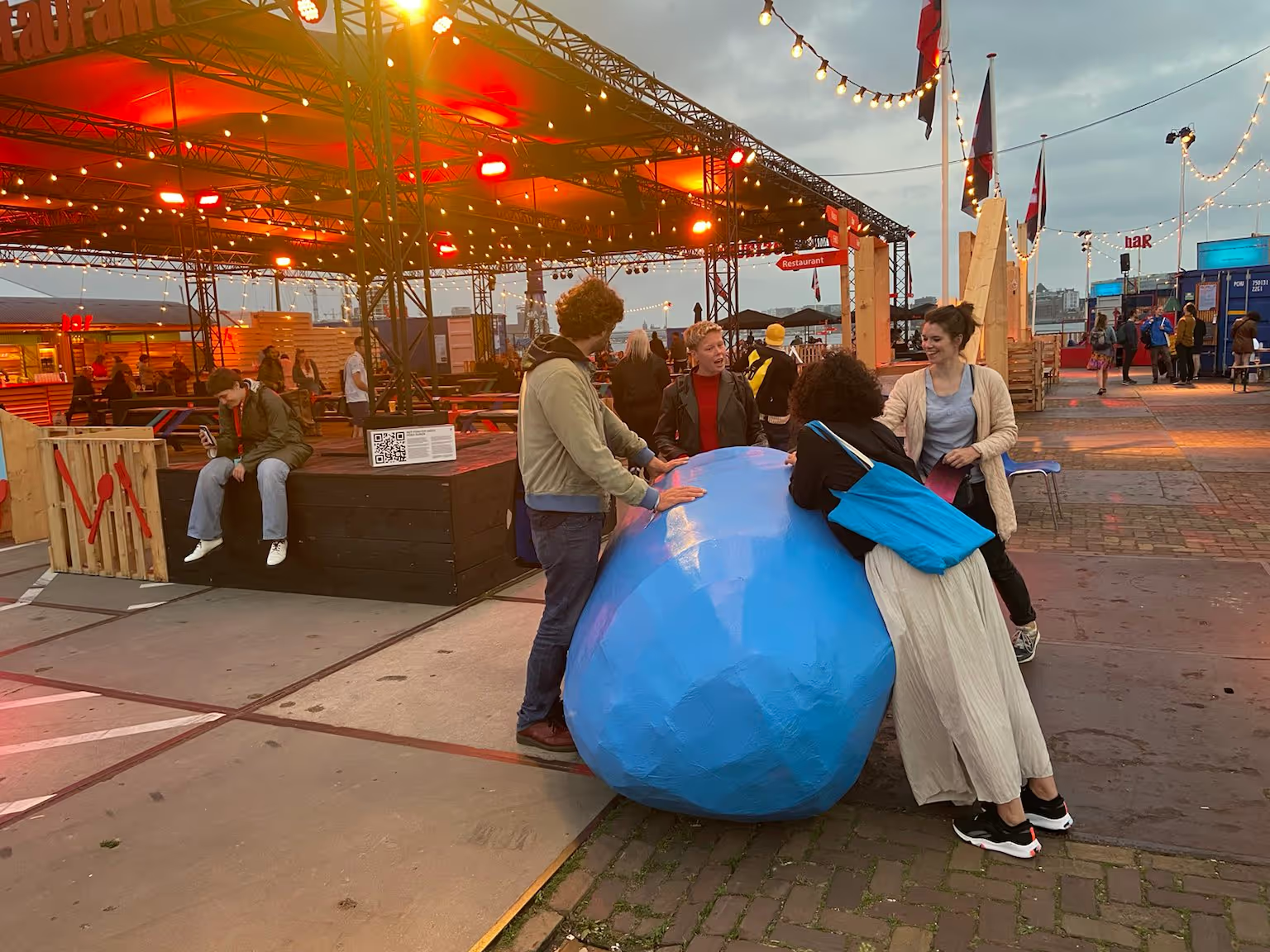
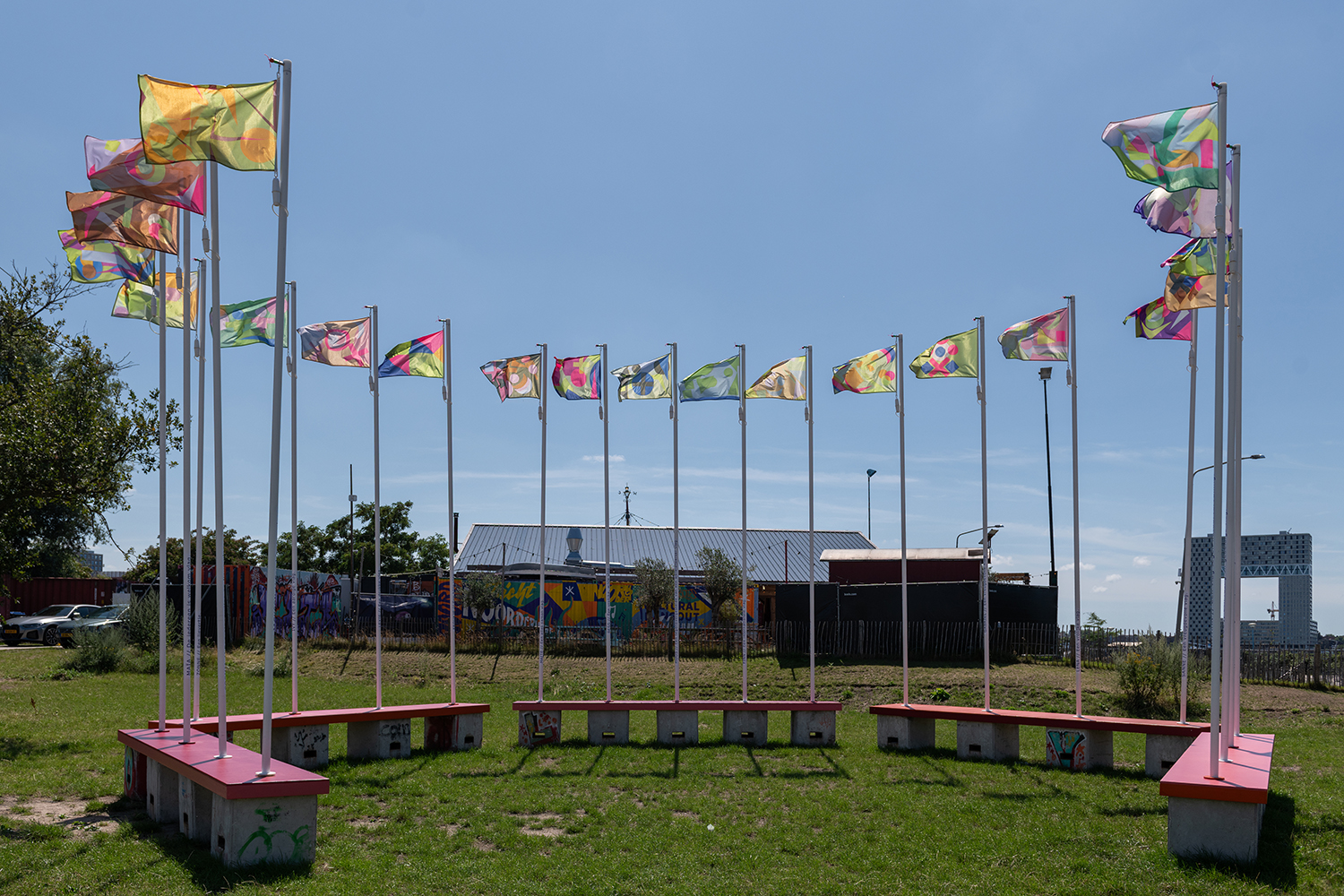
















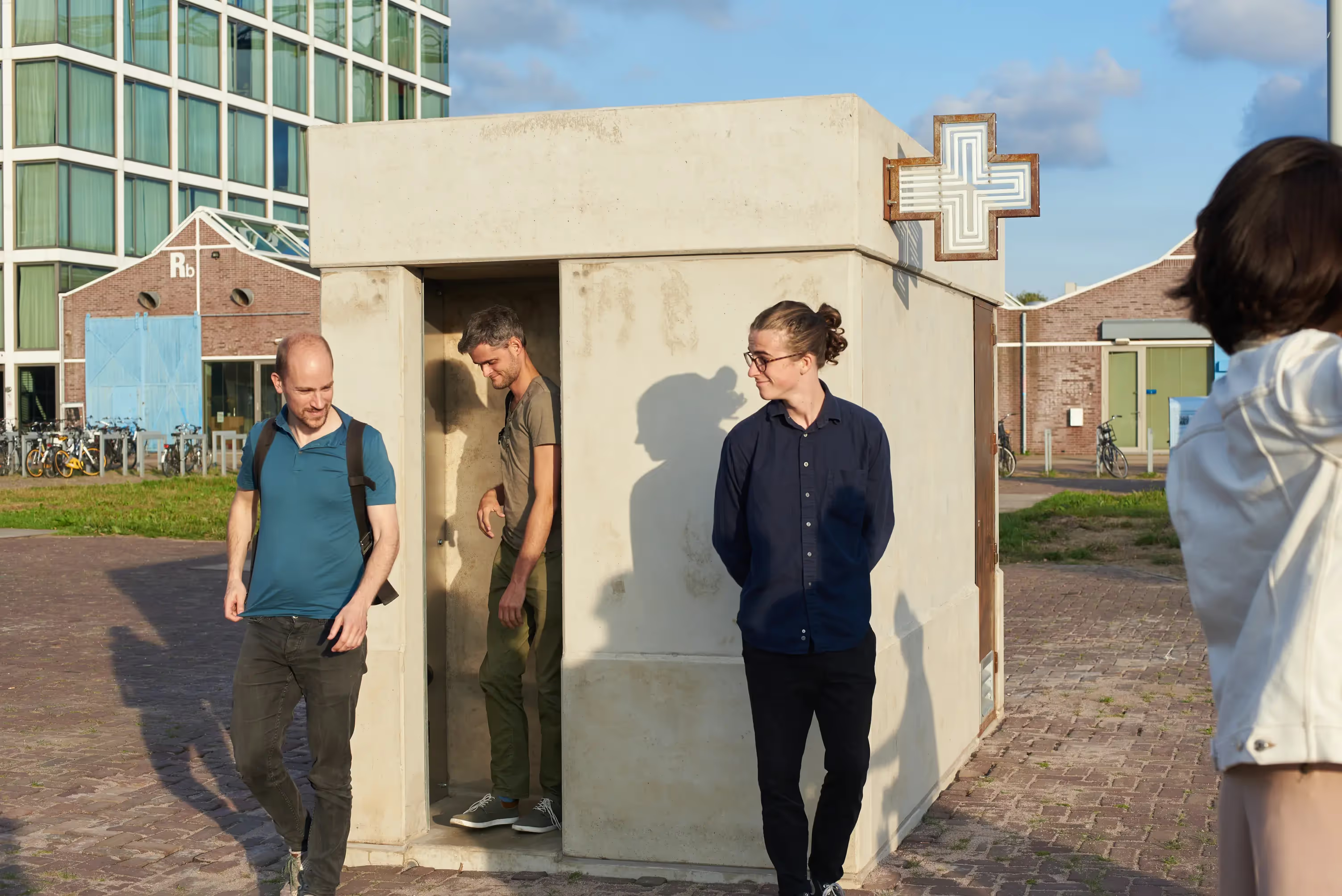








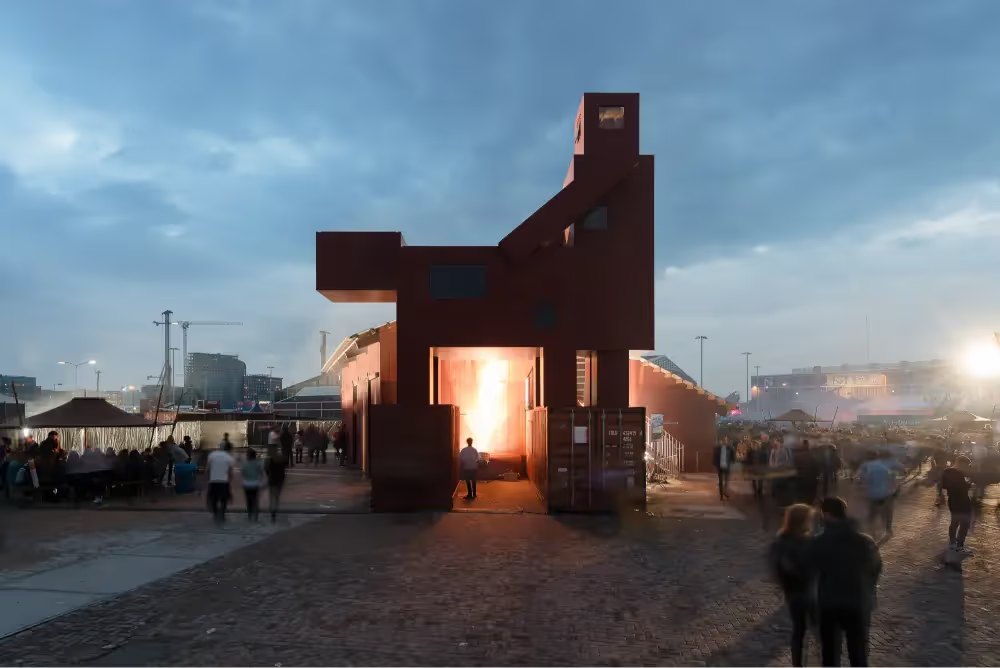











.avif)



-p-2000.webp)

%20Manaf%20Halbouni-8.webp)


%20Manaf%20Halbouni-2.webp)
%20Manaf%20Halbouni-11.webp)
%20Manaf%20Halbouni-6.webp)
%20Manaf%20Halbouni-33.avif)
%20Manaf%20Halbouni-39.webp)
%20Manaf%20Halbouni-65.webp)



%204%20(1).avif)

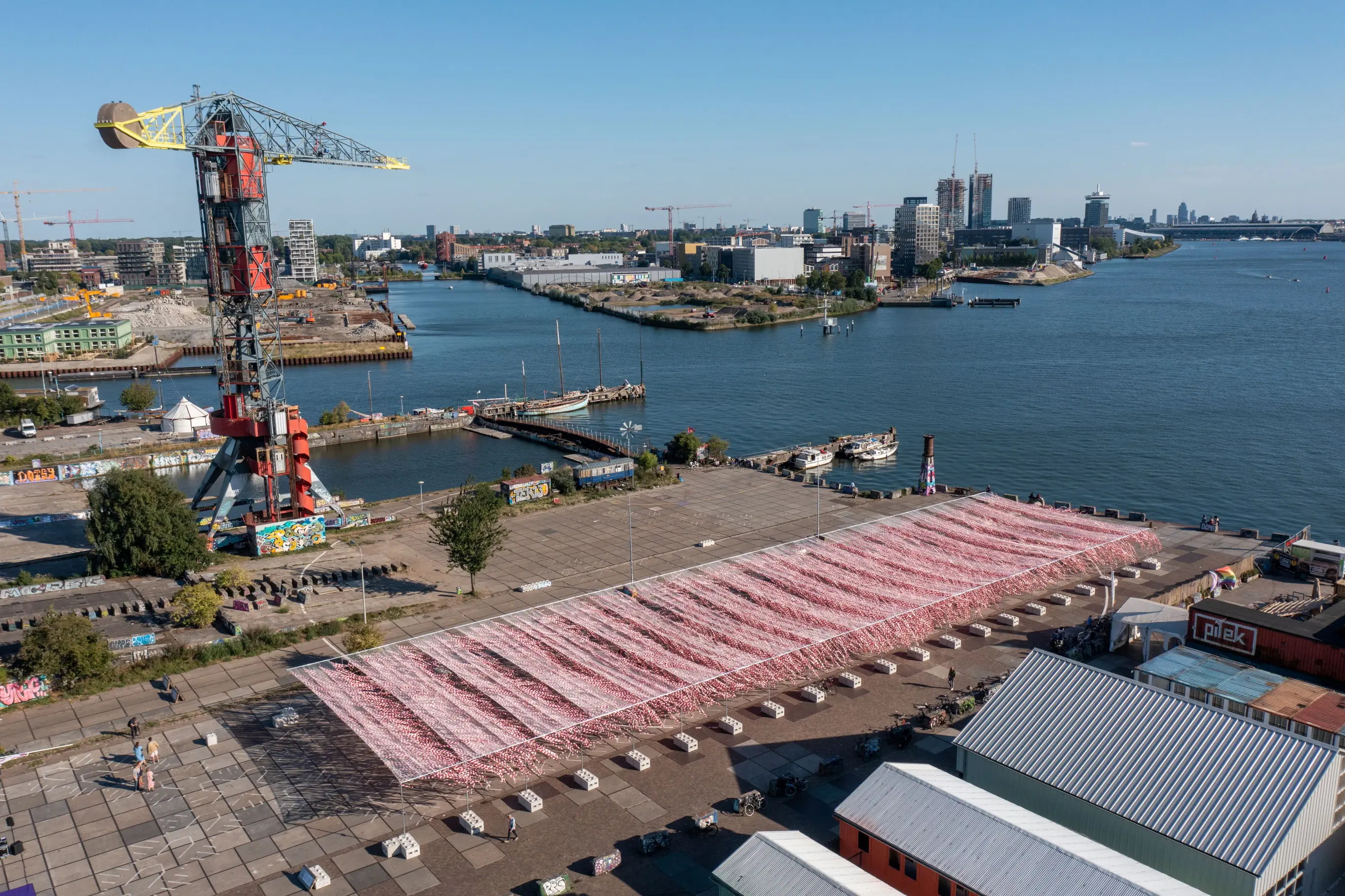


.webp)
.webp)
.webp)



















.webp)
.webp)
.webp)
.webp)




